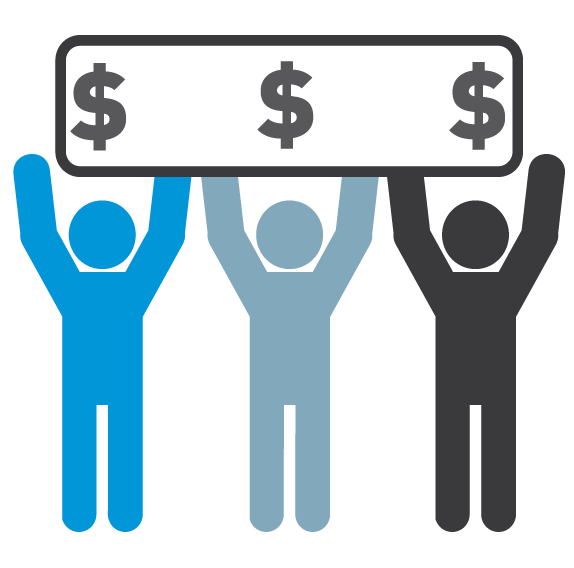 United Airlines recently changed the rules of their frequent flier programs. Starting in 2015, fliers will accumulate miles based on the price of their ticket, rather than the amount of miles of their flights.
United Airlines recently changed the rules of their frequent flier programs. Starting in 2015, fliers will accumulate miles based on the price of their ticket, rather than the amount of miles of their flights.
Customers were outraged, while United claimed the change simply put their program in line with that of other major airlines. Analysts noted that the days of customers remaining loyal to an airline thanks to non-monetary perks are over. Moving forward, customer loyalty will be determined by one thing and one thing alone: whichever carrier has the cheapest ticket.
This news should be a warning to financial services firms because they operate in an almost inverted market. With interest rates low, customer loyalty to banks is less about price point and more about the non-monetary things that once mattered to airline customers. These things do matter to financial customers, so with that in mind, we'd like to briefly list some ways banks can continue to keep delighting their clients and drive financial client retention.
First off, remember that the “little” things are actually pretty big. Managers need to ask themselves, “What is it about our brand that made clients chose to bank with us rather than a competitor or banks like Bank of America or Wells Fargo?” The answer may deal with intangible qualities, but they're important qualities nonetheless: having tellers know customers by their first name, short wait times during peak business hours, and a commitment to the local community.
Also remember to make social media about the customer. Your Facebook profile shouldn't be a blatant marketing channel but a mechanism by which you can build a vibrant online community around your brand. To accomplish this, give your customers an opportunity to express themselves, post photos, and connect with your reps on social media.
Finally, complement these strategies with loyalty and retention promotions that will resonate with customers. In fact, this can be an area where you can take some tips from the Wall Street banks who, after all, have seen their reputations take a beating as of late. For example, in 2012, more than 9,000 Wells Fargo bank locations participated in a program to offer free credit scores to customers. In another example, Scotiabank rolled out an entertainment rewards program whereby customers could earn entertainment rewards with their debit or credit cards at over 100 theaters throughout Canada. (Click here for more examples of successful customer loyalty programs.)
What do you think? How does your bank drive financial customer retention? We claimed that customers will respond to more than just monetary incentives. Do you agree with this assessment? What intangible things help to boost customer retention?






